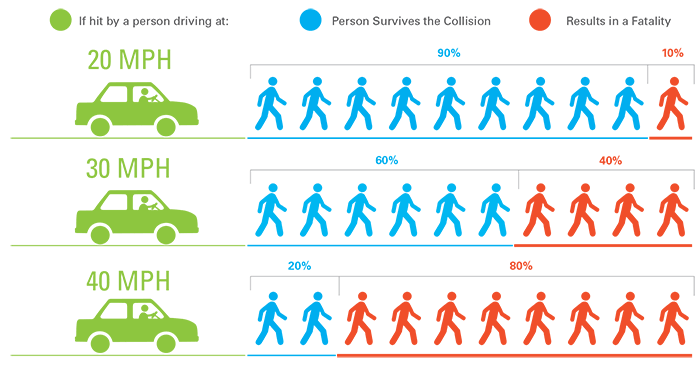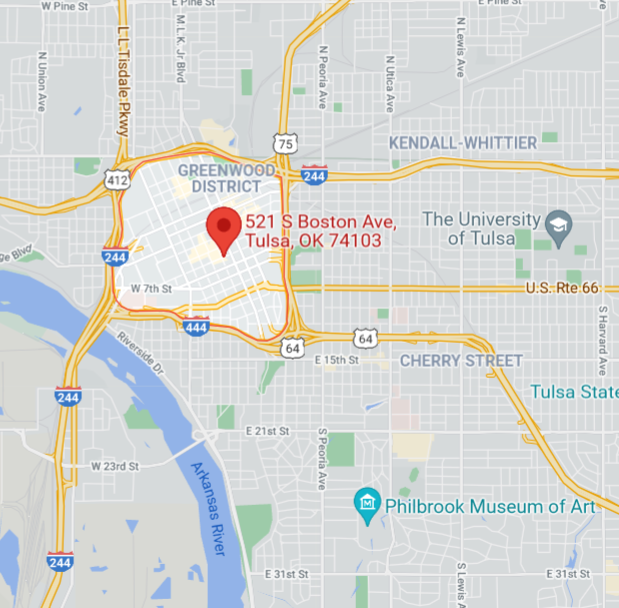Street Safety - Design vs Behavior
Last blog, we saw clear patterns of pedestrian and cycling crashes that indicated a pretty obvious point: the downtown area has significantly fewer deaths despite a lot of crashes. The data shows similar patterns for car vs car crashes, too. This tell us a few things:
- Speed kills. This is pretty well known, and it's obvious.

- Arterial streets and highways are deadly, due both to speed and conflict points.
- Drivers are by nature dangerous, to themselves, other cars, and other street users.
- Dense city blocks on a tight grid, as a traditional city street layout that pre-dates the shift to car-centric suburban-sprawl design since the 50's.
- Sidewalks on both sides, with crossings at every corner. Many intersections have stop signs, and most of the rest are signalized.
- Relatively low speeds. Synchronized lights are at 20mph, so hurrying faster pays zero dividends.
- Some cycling lanes, and some of those are parking-protected.
- Right-turn lanes have been eliminated. Road diets have been put in place for some areas.

- From this, we can infer that BEHAVIOR alone does not provide safety, as people tend to drive faster where they think they can, and behave in a risky manner where they have mismatched perceptions of safety.
- Design reinforces behavior, by impeding faster driving and causing enough angst among drivers for them to pay attention. So does traffic law enforcement, but that's harder and less effective.
- All of this is not really surprising, as Marohn's StrongTowns and Eric Dunbaugh's publications say much the same thing. The biggest problem we have is not streets acting as traditional streets, even when they are packed with cars, but with with streets acting as high-speed roads (Marohn's "stroads").
- It is not reasonable to say that the City is responsible for economic vitality and determining road needs and design goals, yet at the same time safe behavior is the responsibility only of the drivers (and perhaps pedestrians and cyclists). Human nature doesn't work that way. The City MUST be responsible for designing an accessible city which is safe and economically viable, and where the design deliberately reinforces the behavior of drivers and other street users.
It's not just me saying this, as the brand-new NTSB chair Jennifer Homendy speaks similarly: "Homendy emphasized that the “current approach” favoring automobiles and punishing only drivers for crashes “is clearly not working. If we are going to get to zero, we will have to do something different.”" - When it comes to modal conflict, we need to shift priorities. The cars driving THROUGH an area must be lower priority to more vulnerable user already IN an area. And residents of an area should be a higher priority than visitors or commuters. EVERYBODY deserves to have a safe, accessible neighborhood in which to live (and shop, play, and work).
But we're not done, we already know there is more to do besides this. We need to understand WHY our city is built this way, and undo those decisions, reasons, and entrenched system of doing things. And we need to go back to our basic understanding of accessibility versus mobility, and refactor our priorities in favor of accessibility. We'll dig into these system level topics next blog.
Comments
Post a Comment